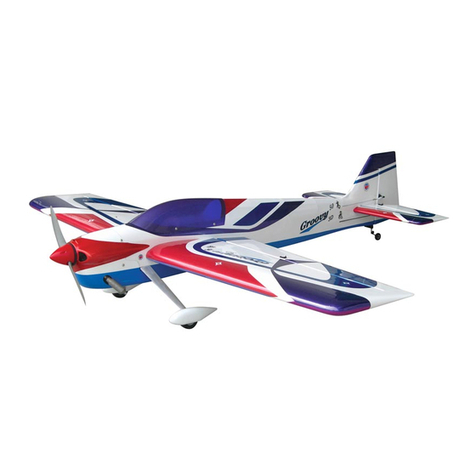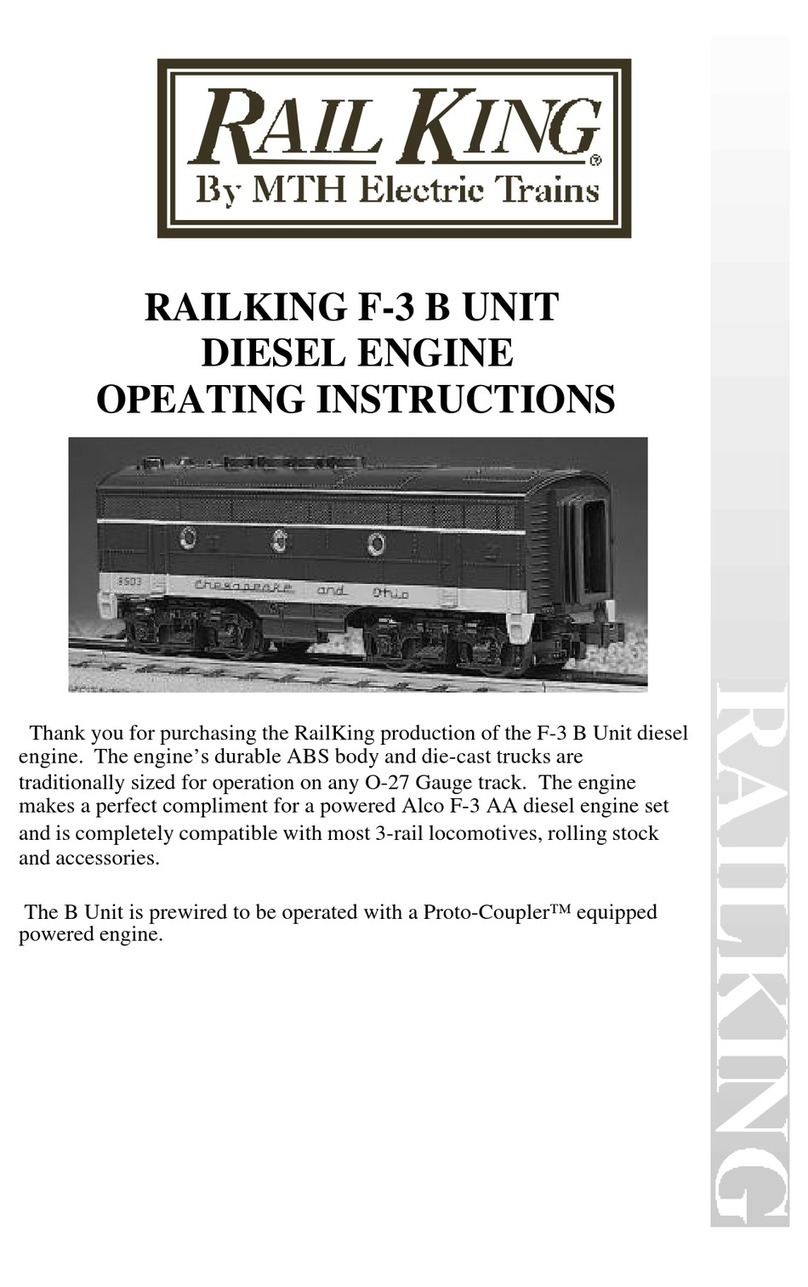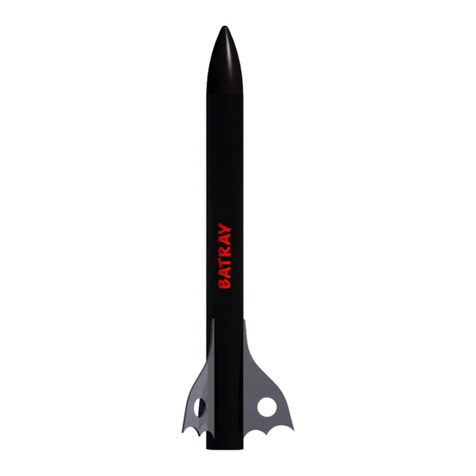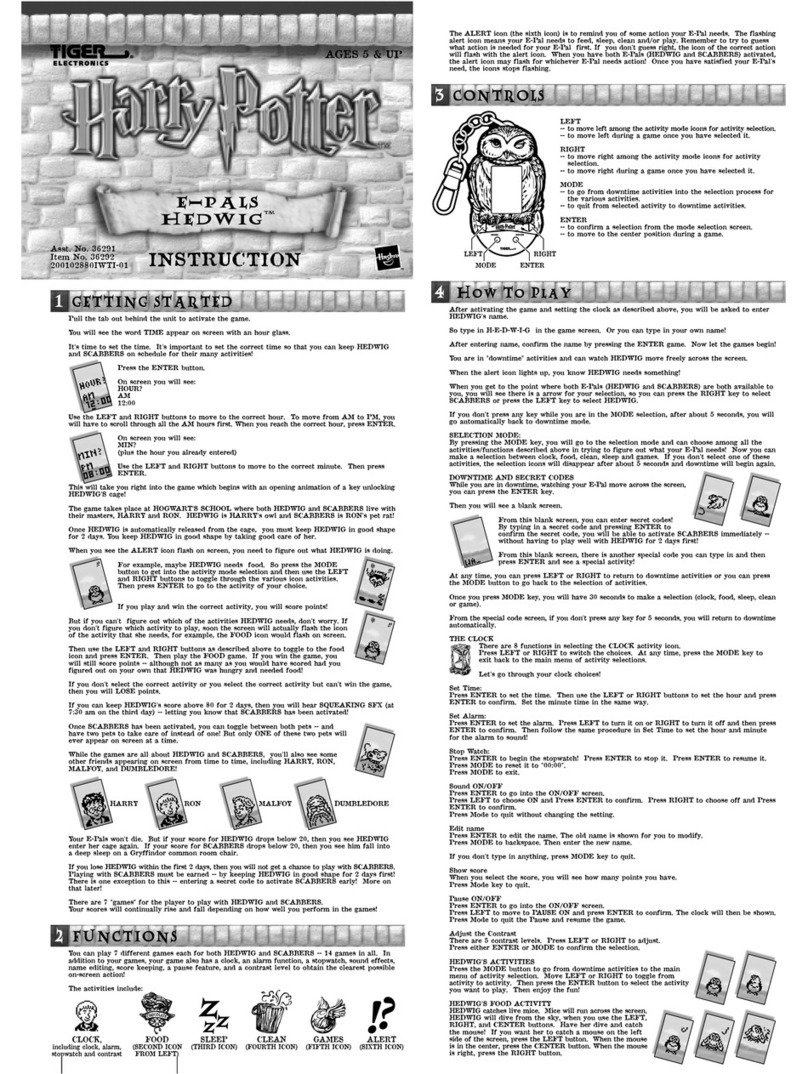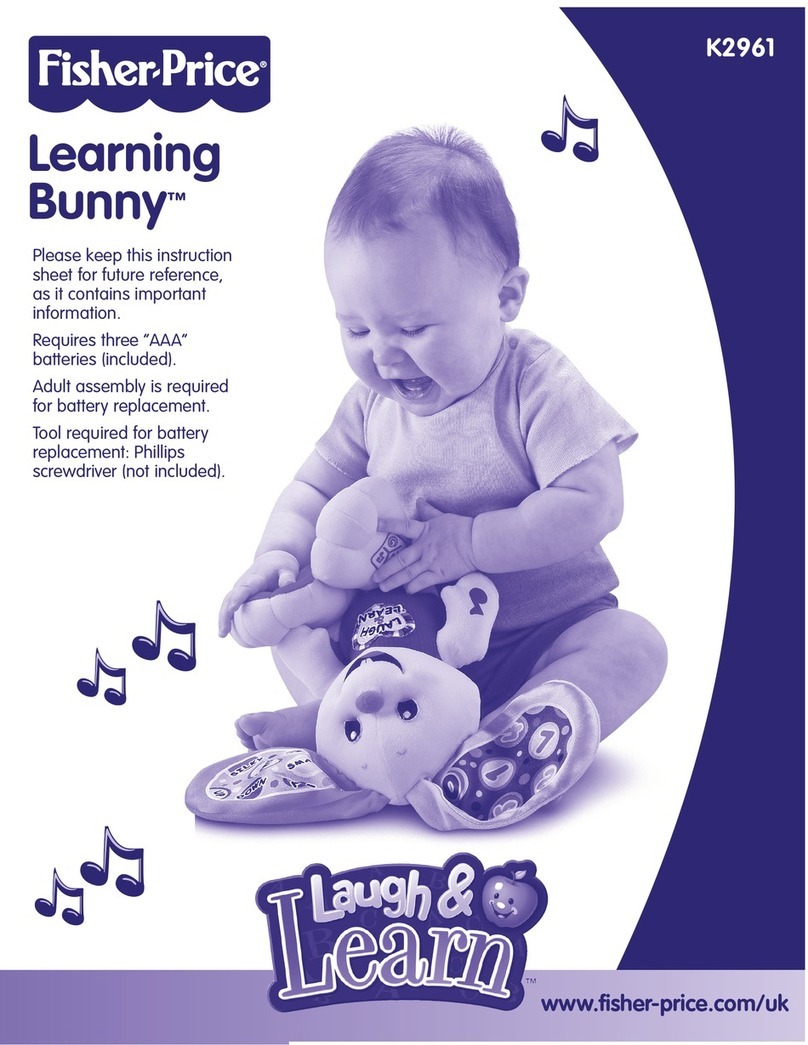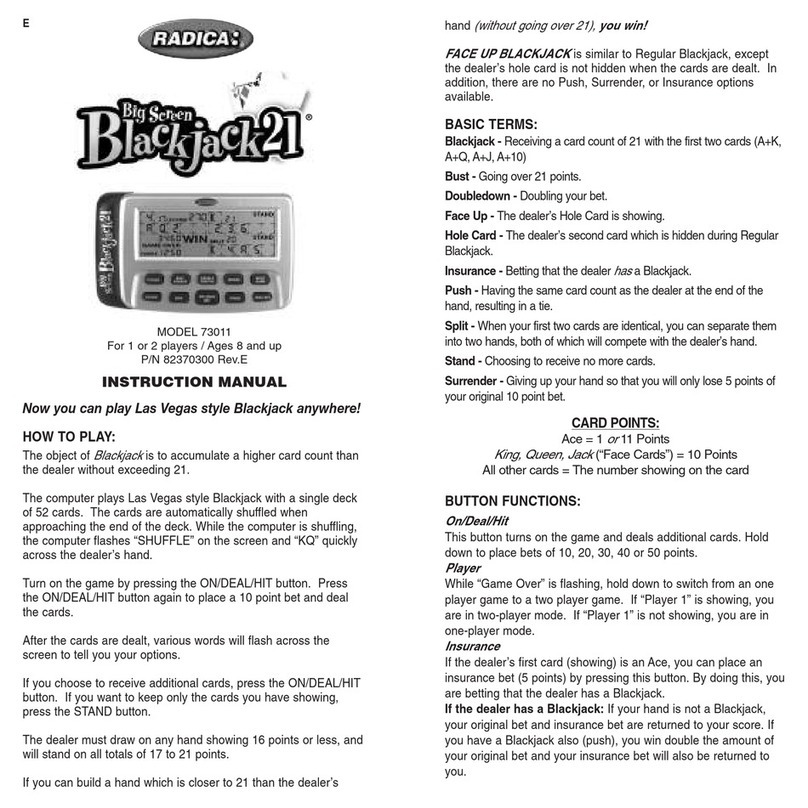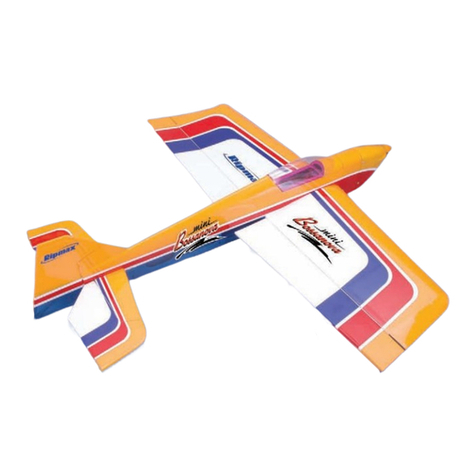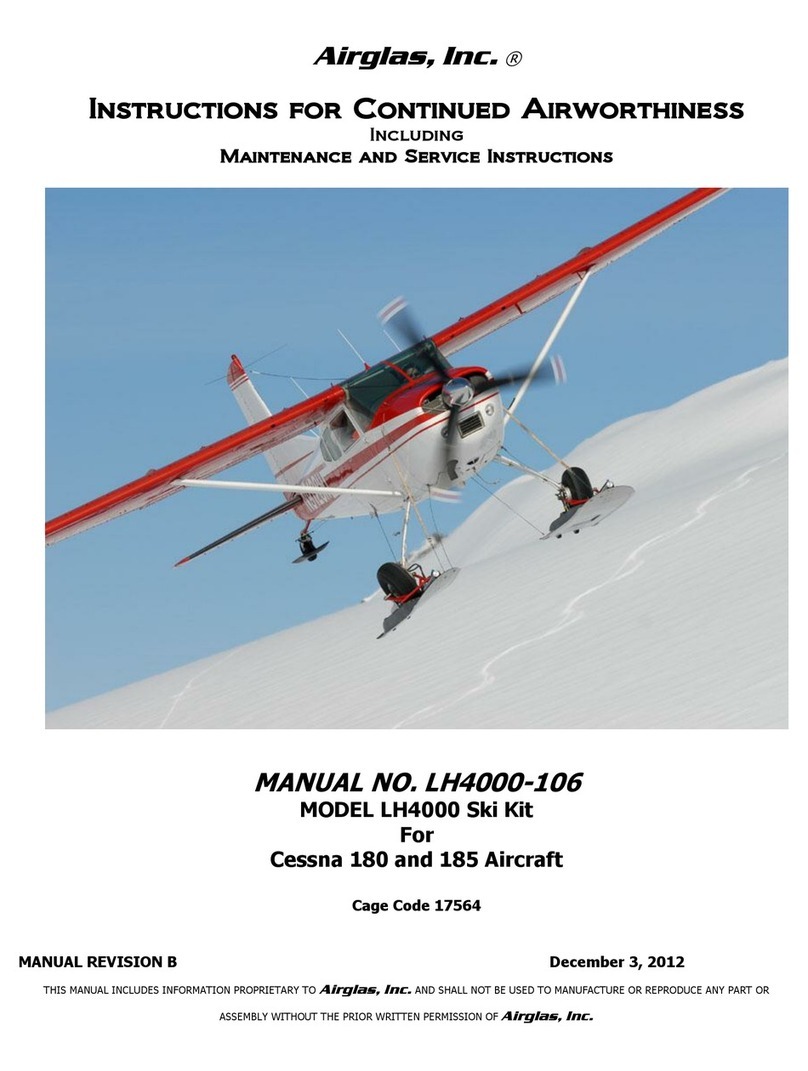
Not So Stubby Aerospace Speciality Products Page 7
Finishing and Decorating
The model may be decorated and/or painted in many ways, depending on how you want it to look and
how much time you wish to put into it. The following instructions refer to a full finishing of the model
including filling the wood grain. Be sure to do all balsa filling, painting, etc. in a well ventilated area.
Alternately you may simply decorate the model with any colors of felt tip markers, decals/stickers, etc.
If you decide not to fully finish the model as described below, skip to the Flight Preparation and
Launching section.
⎕9) Prior to beginning this step, be sure to read any instructions on the brand of sanding sealer you
are using - follow the manufacturers directions if they vary from those below. Be sure to use the
thinner recommended by the manufacturer to clean your brush. Using fine sandpaper (then extra fine,
if desired) go over all the wood parts to ensure they are smooth. If there are any dents or “dings” in
any of the wood parts, apply one of the recommended filler materials to the area and allow to dry.
Sand the area until smooth and repeat if necessary. Wrap a single layer of scotch tape (or masking
tape) around the shoulder of the nose cone (the part that goes into the body tube) - this will prevent
building up the thickness of the shoulder while painting. Insert the nose cone shoulder into the top of
the body tube. Next apply a coat of sanding sealer to all wood parts (the nose cone and fins)- it is not
necessary to seal the nose cone shoulder. Allow the sealer to dry then apply a second coat. After the
second coat is dry, sand with medium or fine sandpaper until the surfaces are smooth. Continue with
single coats of sealer, sanding in between each coat, until the wood grain is completely filled and the
surface is smooth.
⎕10) You will need to use something such as a dowel or a section of newspaper rolled into a tight
cone inserted into the base of your model to hold it while painting. If desired, lightly go over the model
with a tack cloth to remove any excess dust or other particles which could mar the finish. It is a good
idea to do this before applying each coat of primer and paint. Be sure to read the instructions on the
brand of paint you are using - follow the manufacturers directions carefully. Be sure not to mix
different types or brands of paint without testing. It is recommended (but not absolutely necessary)
that you apply one or more coats of primer before the color coats of paint - this will give a much
smoother surface to your model and allow the paint to adhere better. If using primer, sand with fine
and/or extra fine sandpaper after each coat is completely dry. Use as many coats as needed to get a
smooth finish before proceeding to the color coats.
⎕11) First give a base coat of the lightest color you will be using on the model - several light coats
are preferable to one or two heavy coats (this will be true for all the colors you will be using). Apply as
many coats as needed to get a nice even color. Allow to dry thoroughly.
⎕12) If applying other colors, use masking tape to cover up the areas of the model you do not wish to
paint with the second color. Apply the second color as you did the first and allow to dry. Continue this
process if other colors are desired. After the paint has dried carefully remove the masking.
⎕13) At this time you may apply any decals, stickers, trim tape, etc. if desired. The enclosed water-
slide decals can be applied as follows: Cut out the decals, leaving as little clear area around them as
possible. One at a time, soak in a shallow bowl of room temperature water until the decal loosens
from the backing (30 to 45 seconds or so) and apply to the model. If necessary, dab away any excess
water with a paper towel. Allow the decals to dry completely. To protect the paint and other










